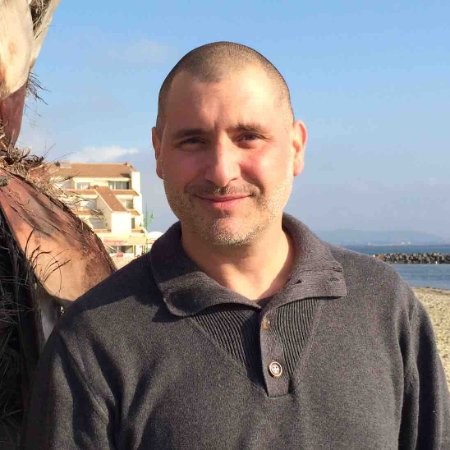
Trigger Point
Trigger Point
Description
Les tensions ont tendance à s’accumuler dans certaines zones musculaires, créant des sensations douloureuses/désagréables chez le client. Malgré le massage, l’étirement, certaines tensions persistent… la technique des Trigger Point permet d’aborder ces tensions d’une manière efficace, sûre et confortable pour le client.
Par l’application d’une pression statique correctement appliquée, et d’une durée suffisante, les tensions s’apaisent.
C’est une excellente technique pour compléter une pratique de qualité.

Formateur

Philippe BOELPAEP
Praticien de massage sportif, Philippe BOELPAEP est aussi anatomiste universitaire à l’Université de Mons.
Il poursuit ses recherches via la posturologie, les ventouses chinoises,…
Dans le domaine sportif, il suit des équipes de football (RCS Charleroi D1), de basket (Belfius Mons Hainaut D1), collabore dans des centres médicaux,…
Programme :
- Introduction
- Historique de la découverte des triggerpoints
- Explication de la formation des triggerpoints
- Symptomes et traitements des triggerpoints
- Mise en évidence des principaux triggerpoints du corps humain (pratique)
Date :
- 30 et 31 Mars 2024
- 9 à 16h30
Prix :
300€ TVAC
Inscriptions
Envoyez vos coordonnées à David Gaudin – eem.bxl@gmail.com ou appelez le +32 496 76 30 44- Nom / Prénom
- Adresse postale
- no de gsm
- no de TVA (pour indépendants/sociétés/asbl)













